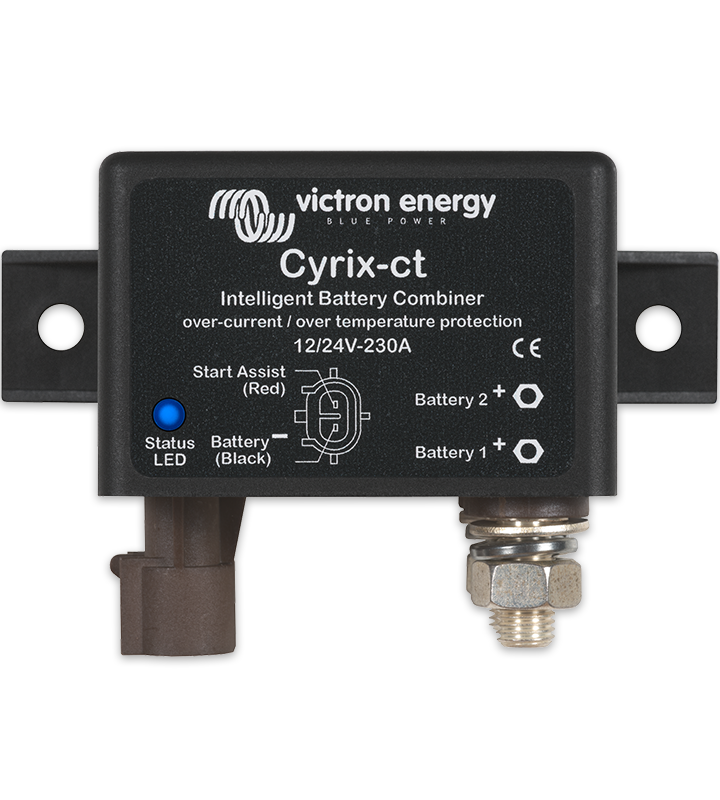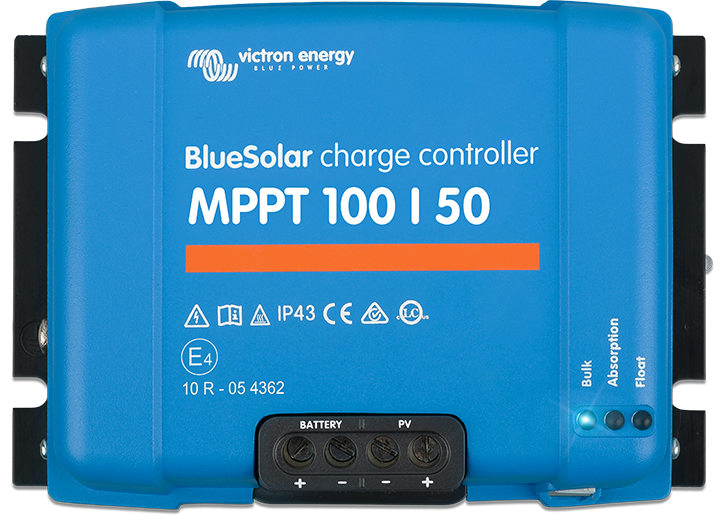Thank you for your reply.
if Friends don’t let friends buy Renogy, what do they buy instead?
Is there a DC DC charger with MPPT that has the feature of cross connecting the house battery to jump the start battery?
I currently have a Blue Sea ML ACR that charges both batteries AND allows me to cross connect the house battery to “jump” a dead start battery with the flick of a switch. It does not allow charging with solar or the various charge levels to condition a LiFePo battery like the Renogy. The only feature missing in the Renogy is the cross connect to jump the start battery.
Guess I’ll keep my jumper cables handy, unless there is a device that has ALL the features.
if Friends don’t let friends buy Renogy, what do they buy instead?
Is there a DC DC charger with MPPT that has the feature of cross connecting the house battery to jump the start battery?
I currently have a Blue Sea ML ACR that charges both batteries AND allows me to cross connect the house battery to “jump” a dead start battery with the flick of a switch. It does not allow charging with solar or the various charge levels to condition a LiFePo battery like the Renogy. The only feature missing in the Renogy is the cross connect to jump the start battery.
Guess I’ll keep my jumper cables handy, unless there is a device that has ALL the features.




